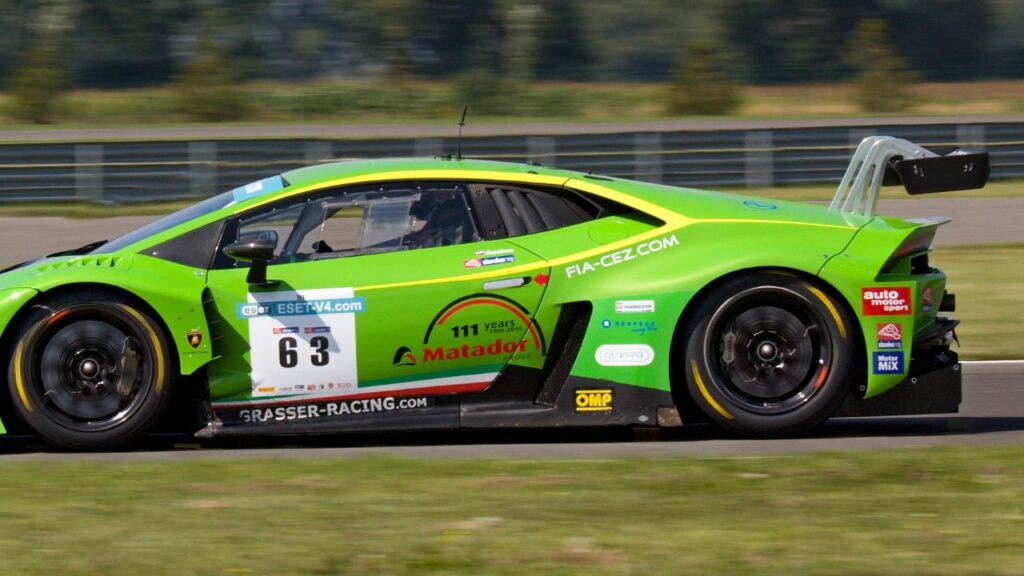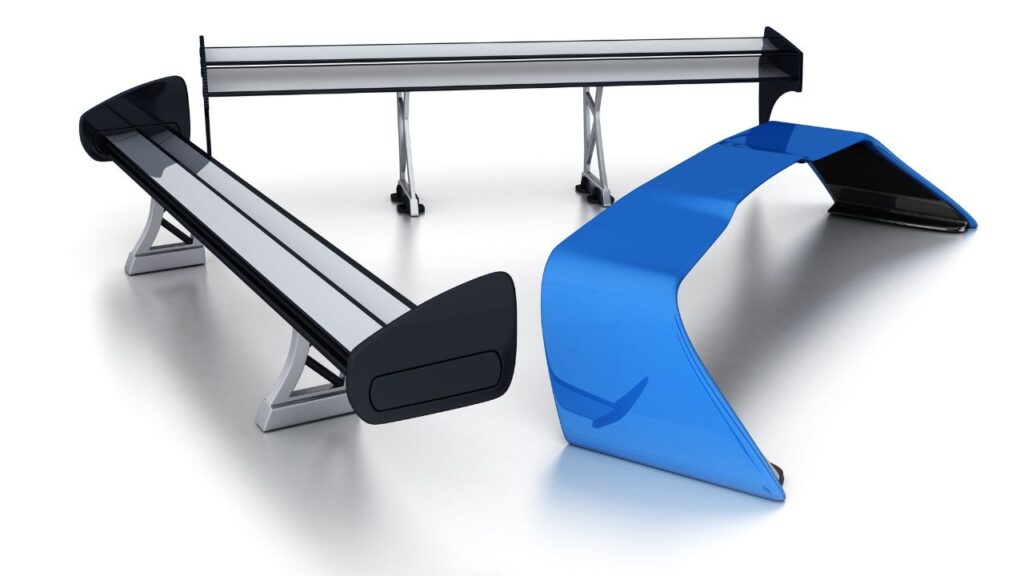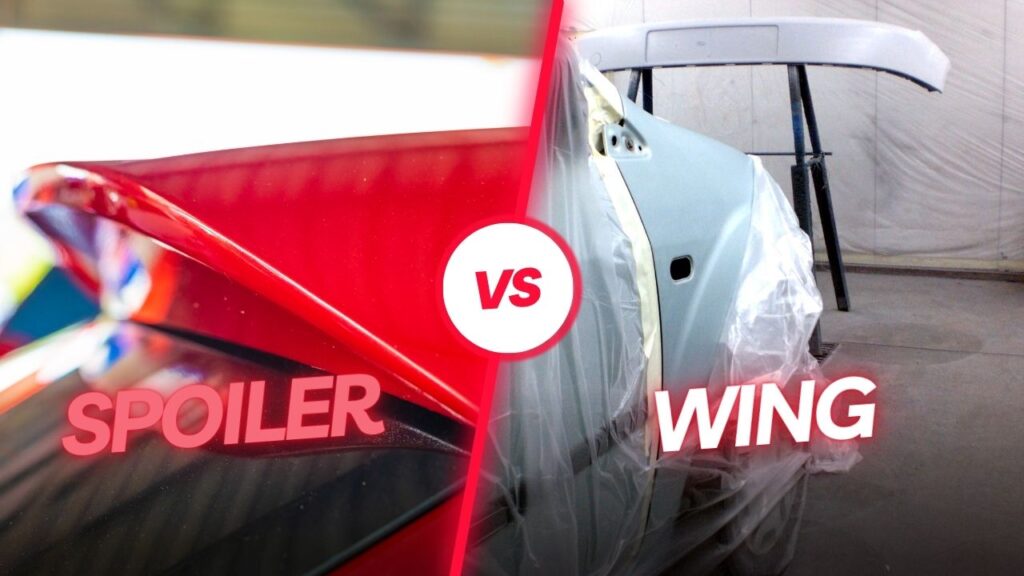
A car spoiler is an aerodynamic device designed to disrupt unfavorable air movement across a vehicle’s body, reducing drag and increasing fuel efficiency. The concept of spoilers dates back to the racing world, where they are used in combination with other features to enhance handling and achieve faster times. The application of spoilers on vehicles has evolved over time, with the first rear spoiler appearing on a production vehicle in 1967 on the Dodge Charger.
Car Spoiler use in Car
Spoilers play a crucial role in managing airflow around a vehicle to reduce drag, increase fuel efficiency, and improve traction at high speeds. They are not only functional but also contribute to the aesthetic appeal of a car.
While there are no specific celebrations dedicated to car spoilers, enthusiasts and manufacturers appreciate the impact spoilers have on both performance and style. Spoilers have become a common feature in both racing and passenger vehicles, showcasing their significance in the automotive industry.
Effect of car spoilers on vehicle dynamics

Effects of a spoiler on performance, fuel efficiency, braking stability, and aerodynamics vary. Here is how vehicle dynamics are affected –
- Performance: Spoilers can enhance performance by improving aerodynamics, reducing drag, and increasing traction, especially during high-speed driving and cornering maneuvers.
- Fuel Efficiency: Spoilers that effectively reduce drag can contribute to improved fuel efficiency by allowing the vehicle to move through the air more smoothly, thus requiring less energy to maintain speed.
- Braking Stability: Spoilers can help improve braking stability by generating downforce on the rear of the vehicle, which increases traction and grip on the road, reducing the likelihood of skidding or loss of control during braking.
- Aerodynamics: Spoilers are designed to disrupt airflow over and around the vehicle, reducing turbulence and minimizing lift. This improves aerodynamic efficiency, allowing the car to maintain stability and control at higher speeds.
The impact of a spoiler on these factors depends on various factors such as the design of the spoiler, vehicle type, driving conditions, and individual driving habits.
Car Spoiler Types

There are several common types of spoilers used on cars including wing, lip, roof, pedestal, adjustable, and front air dams.
- Wing spoiler – An upright spoiler mounted on the rear of a car, intended to reduce lift and drag. Often found on sports cars.
- Lip spoiler – A low-profile spoiler that runs across the lower rear edge of the car, just above the bumper. Provides some downforce.
- Roof spoiler – Mounted on the upper rear edge of a car’s roof, helps direct airflow over the roof. Reduces wind noise.
- Pedestal spoiler – A tall, vertical spoiler rising from the trunk/rear deck. Provides quite a bit of downforce.
- Adjustable spoiler – A rear spoiler that can be raised or lowered as needed to vary downforce and drag. Often driver-controlled.
- Front air dam – Located below the front bumper, disrupts and redirects airflow under the car to reduce lift. Not technically a spoiler but serves a similar function.
Car spoiler vs wing

Car spoilers and wings, used interchangeably, are both aerodynamic features installed on vehicles to enhance performance, but they serve distinct purposes. Spoilers are designed to reduce drag by redirecting airflow away from the rear of the car, resulting in improved stability and handling, particularly at high speeds. On the other hand, wings create downforce through pressure differentials, pressing the car down onto the road for increased grip and cornering ability.
While spoilers are integrated into the vehicle’s bodywork, wings are standalone components, often seen in motorsports like Formula 1. The choice between them depends on factors like driving style and aesthetic preference, with spoilers offering a sleeker appearance and wings providing more noticeable performance enhancements.
Both options contribute to optimizing a vehicle’s aerodynamics and overall driving experience.
Advantages and disadvantages of spoiler in car
Car spoilers provide improved aerodynamics and stability, enhancing a vehicle’s performance and aesthetics. However, they may add weight and cost to the vehicle, potentially leading to increased drag and installation expenses. Here are the advantages vs disadvantages in a tabular view :
| Advantages | Disadvantages |
|---|---|
| 1. Improved aerodynamics | 1. Increased weight |
| 2. Increased stability | 2. Potential for increased drag |
| 3. Enhanced aesthetics | 3. Limited effectiveness at lower speeds |
| 4. Better performance in adverse weather conditions | 4. Cost and installation |
Facts about Spoilers
- Types of Materials: Spoilers are typically made of lightweight materials like ABS plastic, fiberglass, silicone, and carbon fiber, each offering different benefits in terms of durability and cost.
- Front vs. Rear Spoilers: Front spoilers (air dams) are positioned beneath the bumper to reduce drag, while rear spoilers manage airflow at the back of the car to prevent lift and improve stability.
- Styling vs. Functionality: While some spoilers are primarily for aesthetic purposes, others are designed for performance enhancement by reducing lift and improving downforce at high speeds.
In conclusion, car spoilers have become integral components in modern vehicle design, balancing functionality with style to enhance both performance and visual appeal. Whether on race cars or passenger vehicles, spoilers continue to play a significant role in optimizing aerodynamics and driving experience.
Frequently Asked Questions (FAQs) about Car Spoilers:
- How do spoilers work?
Spoilers disrupt airflow around a vehicle, creating downforce to improve traction and stability at high speeds while reducing drag. - Are factory-installed spoilers effective?
While some factory-installed spoilers enhance performance, many are added for visual appeal rather than significant aerodynamic benefits. - Do spoilers improve fuel efficiency?
Spoilers can help reduce drag on vehicles, potentially leading to improved fuel efficiency by optimizing airflow around the car. - Does a spoiler make a car faster?
A spoiler can make a car faster under specific conditions. While a spoiler primarily reduces drag by minimizing turbulence at the rear of the vehicle, it can enhance overall speed by improving aerodynamics and increasing stability, particularly at higher speeds.
